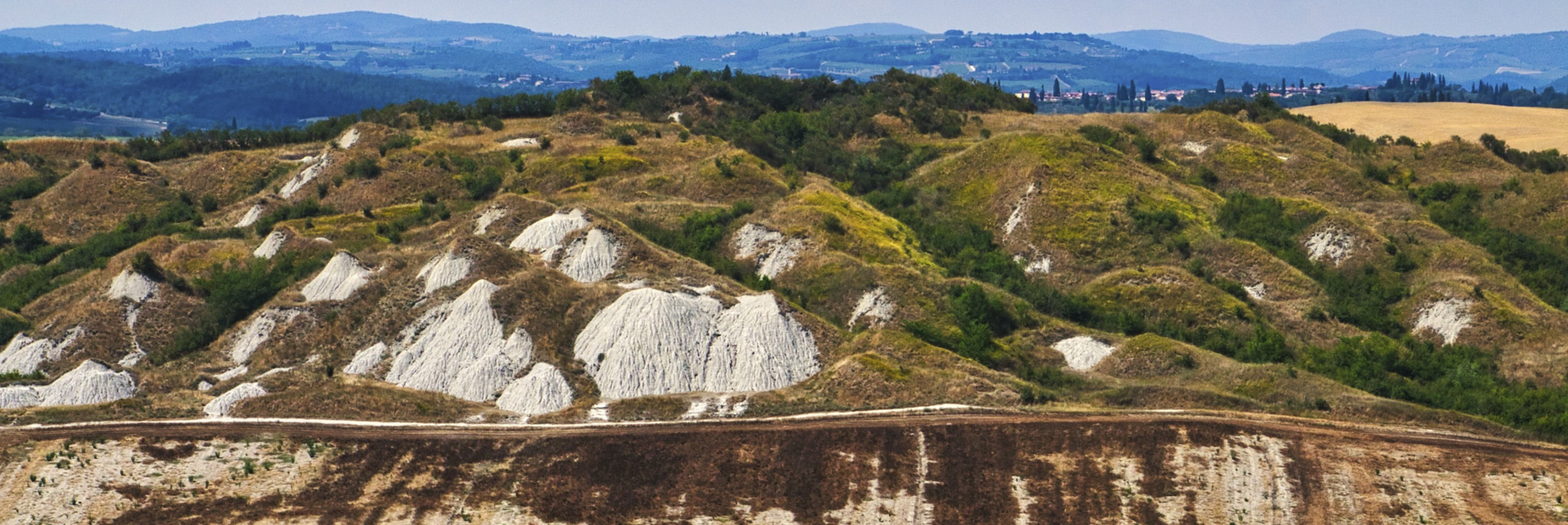The evolution and importance of the Devotional Chapel of Piantasala derives from a combination of factors of a practical nature (population growth, changed political and territorial situations) but above all it was made possible by the devotion to this “place”, which century after century has always been present in the lives of the inhabitants of Casciano di Murlo.
We do not know exactly when the chapel was founded: we can only derive the first certain date about its existence from the fresco dated 1514 and signed by the Sienese painter Andrea di Niccolò (depicting a Sacred Conversation), which he painted just inside the building: on the right side of the chapel there is still the sinopia (the preparatory drawing) of that fresco.
Today in the Chapel of Piantasala, enclosed in a tabernacle above the altar, is a small eighteenth-nineteenth-century painting of the Virgin holding the Child in the act of embracing her in her arms. The image of this anonymous picture has, in popular devotion, replaced the original and miraculous image of the Madonna and the Sleeping Child, which has been lost trace of.
The various extensions of the architectural structure that the chapel has undergone over the centuries, the presence of a miraculous image such as the Madonna and Sleeping Child and its replacement with other sacred images, allow us to understand the attachment of the population primarily to the “place” rather than to a specific image of the Virgin Mary.
The Chapel is still place of worship which is always open, where it is possible to gather oneself in prayer, as have so many people of faith and travellers done over the centuries.
Many manifestations of popular piety and devotion take place in the Chapel of Piantasala, such as the celebrations of the main Marian feasts, first and foremost that of 8 September, Nativity of Mary, the day on which the village’s commitment to the Virgin Mary is also renewed.
Parish Church of Saints Justus and Clement – San Casciano di Murlo.
Founded as early as the 13th century, the church preserves works from the Chapel of Piantasala in its interior, such as Andrea di Niccolò’s fresco, dated 1514, situated on the right wall behind the altar. The painting depicts a Sacred Conversation: the Virgin Mary is seated on a throne with Baby Jesus standing on her lap and blessing with a hand gesture. On Mary’s right are Saints Sigismund and Augustine, while on the left are Saint Sebastian (who died a martyr’s death pierced by arrows) and Saint Roch, a French saint, curiously in the past much revered by local people.
On the wall in front of the fresco, also behind the church altar, is Buonfigli’s painting, also from the Chapel of Piantasala, showing instead of the Madonna and Sleeping Child (once revered in the Chapel of Piantasala) an anonymous Madonna and Child.
Special thanks to Mr. Guido Baldi who gave us the opportunity to visit the chapel and provided the reference texts.

